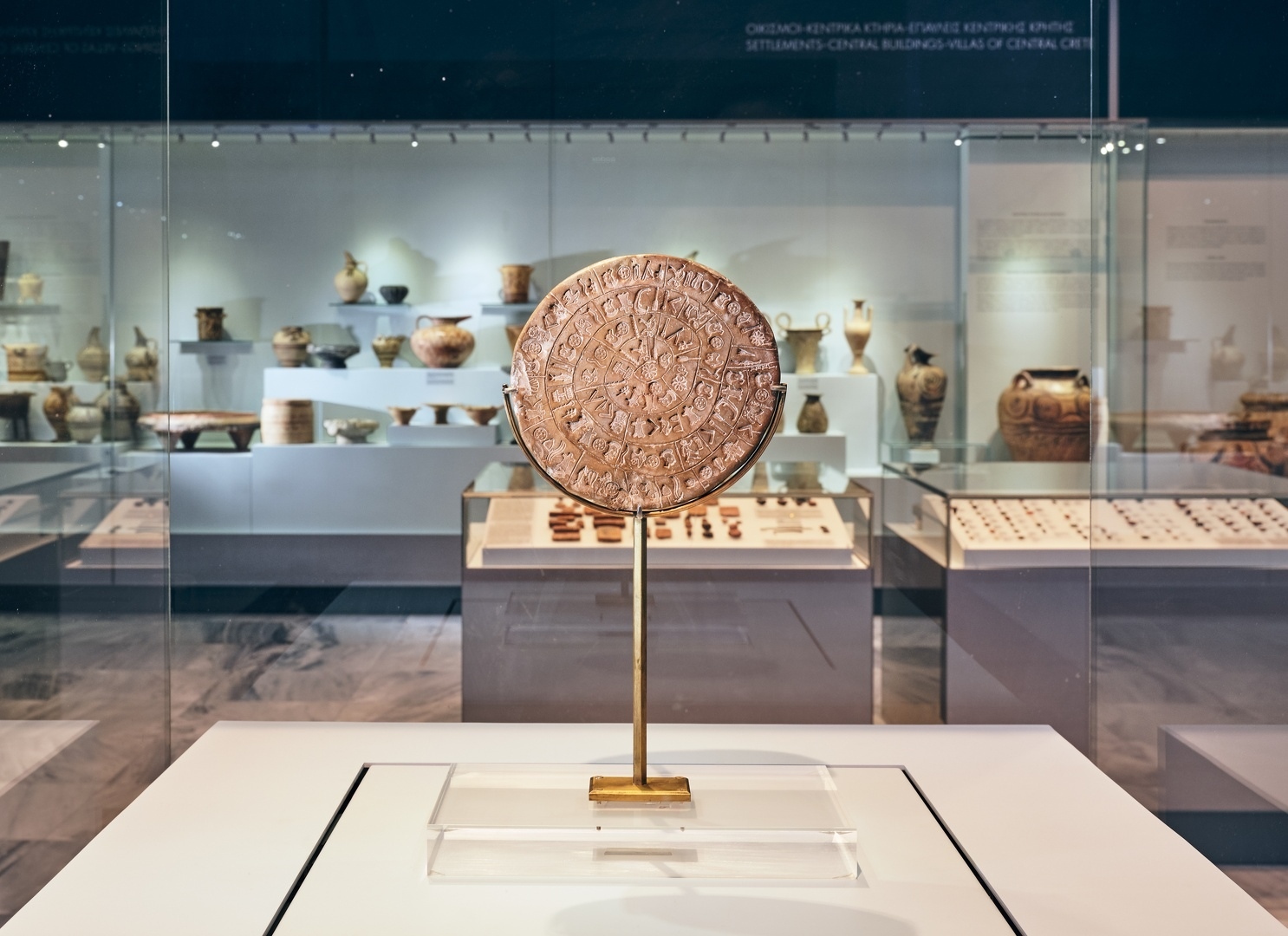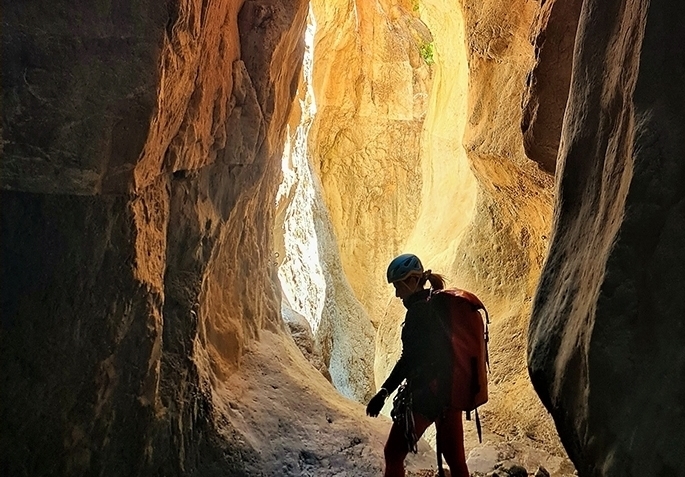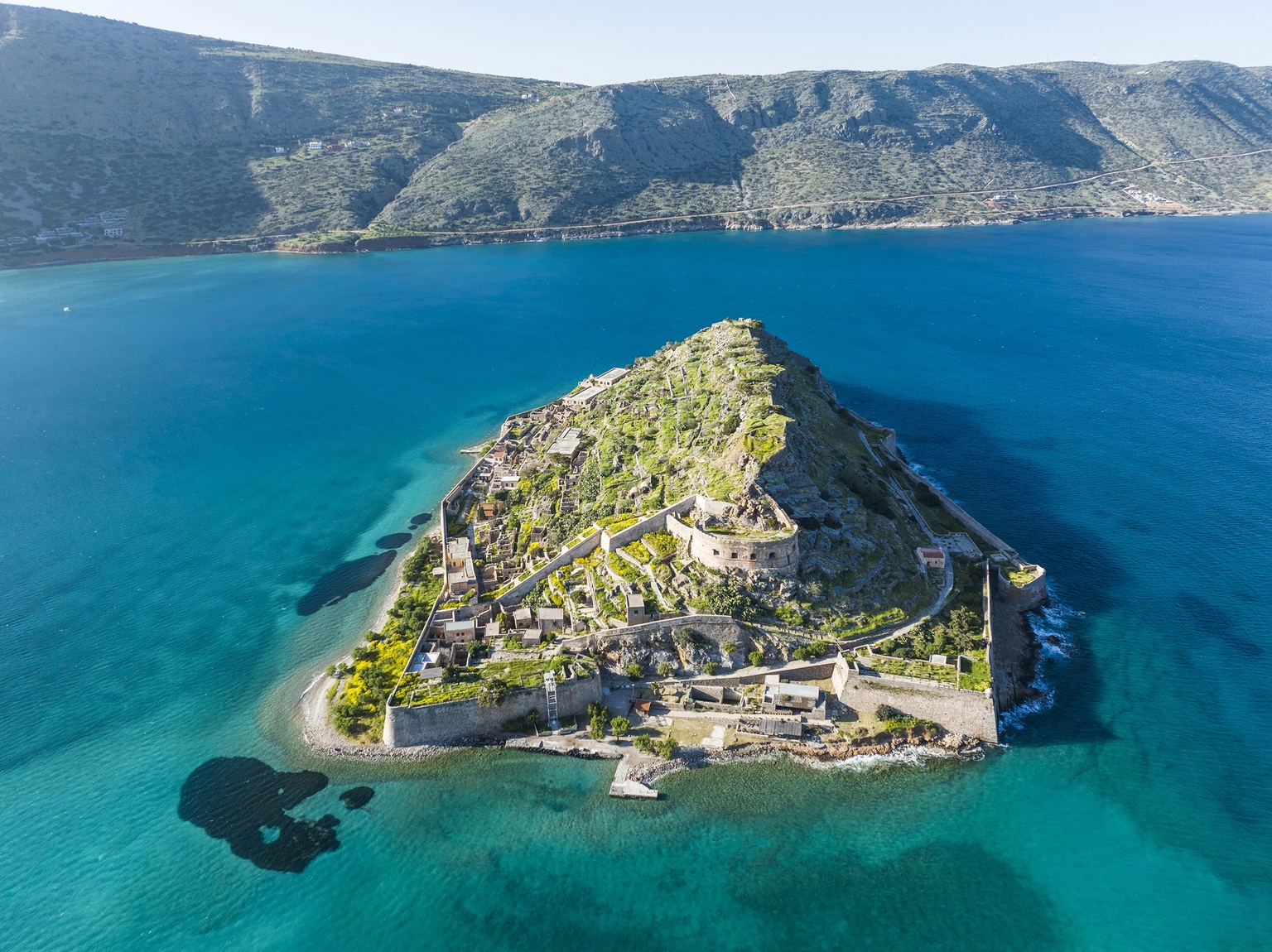The Enigmatic Wildcat of Crete: A Ghostly Existence!
Author Discover Crete
Nature
Nature
Latest news
- Shadows of the Past: The Story of Auschwitz Through Light and Silence
- Cutting of the Olive Wreath from the Monumental Olive Tree of Vouves, Municipality of Platanias
- They’re Kneading “The Traditional Easter Breads of Lampri”!
- Hike through the Katsikandaras Gorge
- Photography Exhibition "Creating Roots" in Platanias Municipality
The Cretan wildcat, scientifically known as Felis silvestris cretensis, is no ordinary feline.
Being the sole wild feline inhabiting Crete and the largest purely carnivorous creature on the island, the Cretan wildcat holds a unique status. Once believed to be extinct, it gained newfound attention in 1996 when two students, part of an Italian scientific expedition investigating Crete's carnivores, captured one. This collaboration with the Natural History Museum of Crete at the University of Crete breathed life into the myths surrounding the wildcat, confirming its existence and dispelling its ghostly reputation.
So, does it have a ghostly presence?
In March 2024, the Natural History Museum of Crete at the University of Crete released fascinating findings regarding the conservation status of the Cretan wildcat. The research was conducted on behalf of the Natural Environment and Climate Change Organisation.
More specifically, the research documented between 0.5 to 2 individuals per square kilometre of suitable habitat across three mountains: the White Mountains, Psiloritis, and Mt Dikti.
Given its cryptic nature, light traps were strategically positioned in its habitats to document its presence. According to Petros Lyberakis, a researcher at the Natural History Museum of Crete, this research was crucial as the species serves as a keystone predator in the food chain. In ecosystems facing issues, the top predators are often the first to vanish. Until now, scientific data on the population and distribution of this species have been sporadic at best.
The Cretan wildcat sustains viable populations despite encountering various threats. These include hybridisation with domestic cats, exposure to poisoned baits, habitat fragmentation due to unregulated road construction, conflicts with livestock farming—largely fuelled by misconceptions about the wildcat's predation on young sheep and goats—and, to a lesser extent, encounters with stray dogs.
Acknowledging the issue of hybridisation and the uncertainty surrounding the species' taxonomy, the next objective is to gather genetic material for molecular analysis. This will enable researchers to assess the extent of the hybridisation problem and clarify the wildcat's taxonomic position relative to the European (Felis silvestris) and African (Felis libyca) wildcats.
‘The Cretan wildcat is an emblematic species of our country, and its protection is paramount. Safeguarding Greek biodiversity necessitates reliable scientific data. To this end, the Natural Environment and Climate Change Organisation will persist in collaborating with our country's scientific community’, stated Costas Triantis, CEO of the Natural Environment and Climate Change Organisation.
The Natural Environment and Climate Change Organisation is a Legal Entity of Private Law entrusted with implementing policies established by the Ministry of Environment and Energy. Its primary focus is on promoting sustainable practices for the management of protected areas in Greece, conserving biodiversity, advancing sustainable development initiatives, and addressing climate change.
Ανακαλύψτε ιστορίες που έχει να σας διηγηθεί η πανίδα της Κρήτης!



























